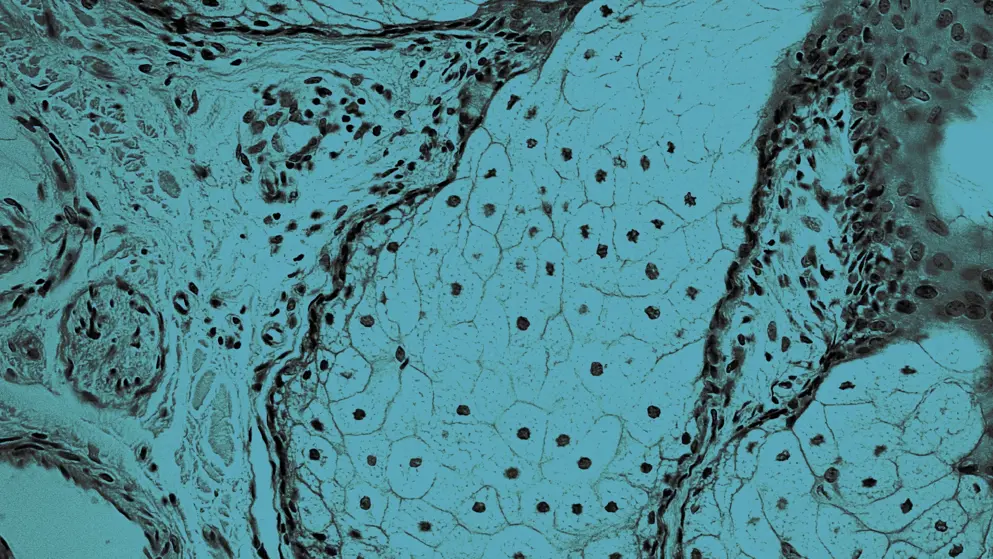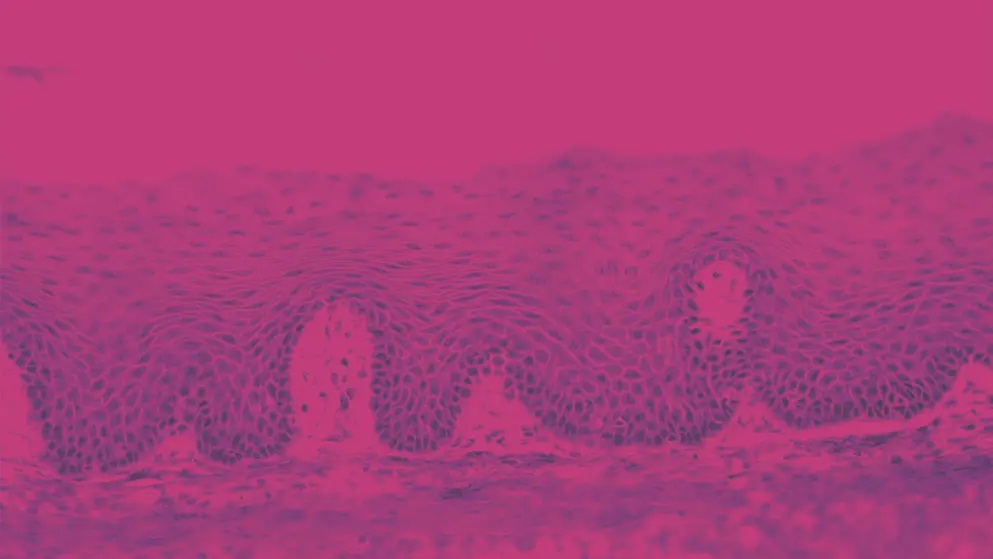
Urticaria
Urticaria, commonly known as hives, is a dermatologic reaction characterized by itchy, transient wheals that typically resolve within 24 hours. These wheals can vary in size and shape and may appear anywhere on the body. In some cases, urticaria is accompanied by angioedema, often around the eyes, lips, or cheeks, which may persist longer than wheals.
Urticaria is classified based on duration:
- Acute urticaria: Wheals and/or angioedema lasting 6 weeks or less. Common triggers include infections, certain foods, medications, and insect stings
- Chronic urticaria: Wheals and/or angioedema persisting for more than 6 weeks. Chronic spontaneous urticaria (CSU) is a common subtype
The exact cause of urticaria is often unknown, but it can be associated with autoimmune conditions.
Diagnosis is primarily clinical, based on patient history and physical examination.
How prevalent is urticaria?
Urticaria affects 20% of the world population at some point in their lifetime.
What conditions can be mistaken for urticaria?
Urticaria is often confused with urticarial vasculitis, autoinflammatory syndromes, Wells syndrome (granulomatous dermatitis with eosinophilia/eosinophilic cellulitis), or bradykinin-mediated angioedema.
How is urticaria activity and impact measured?
Tools such as Urticaria Activity Score over 7 days (UAS7) and the Dermatology Life Quality Index (DLQI) help clinicians assess symptom severity and track treatment response.
How is urticaria treated?
First-line treatment involves second-generation H1-antihistamines. If symptoms persist, dosages may be increased up to fourfold. For refractory cases, treatments such as omalizumab, cyclosporine, or montelukast may be considered.
When should referral to a specialist be considered?
Referral can be considered for treatment-resistant cases, diagnostic uncertainty, or suspected underlying systemic disease.
Developed by EPG Health for Medthority, independently of any sponsor.
of interest
are looking at
saved
next event


